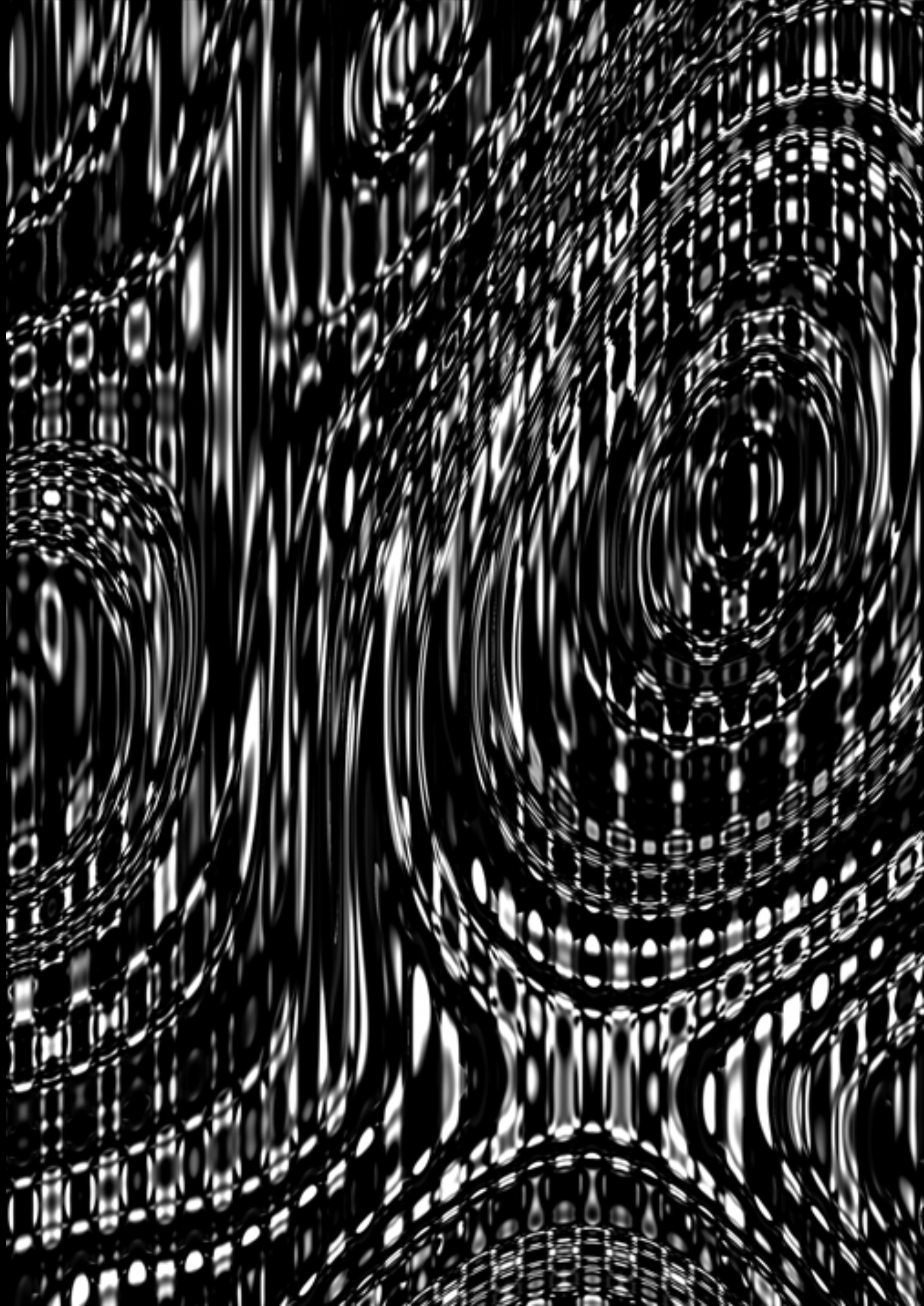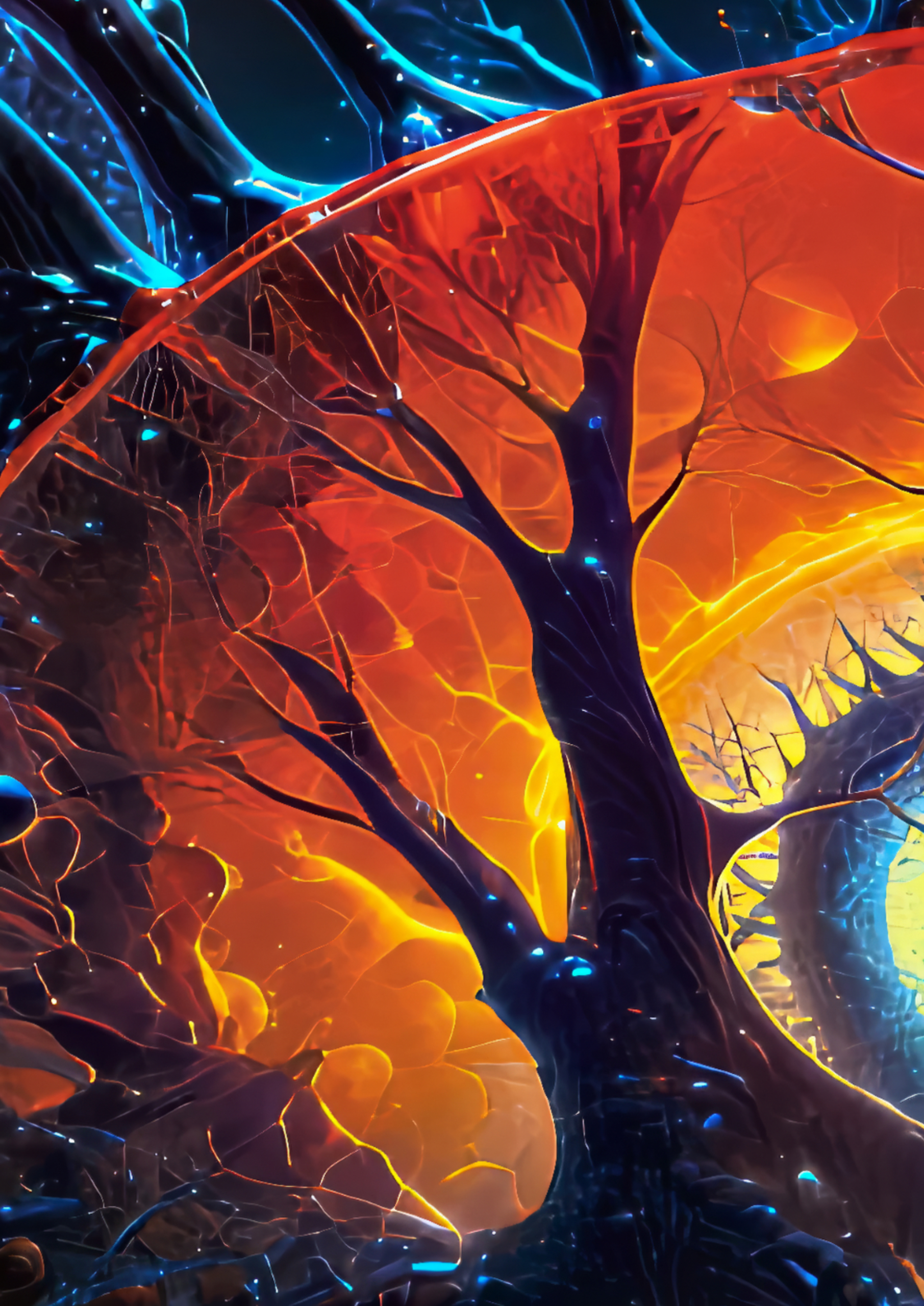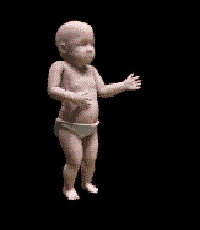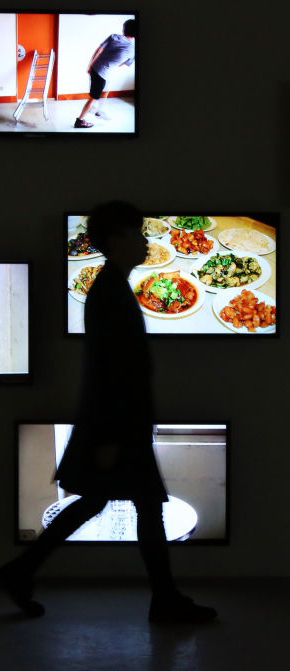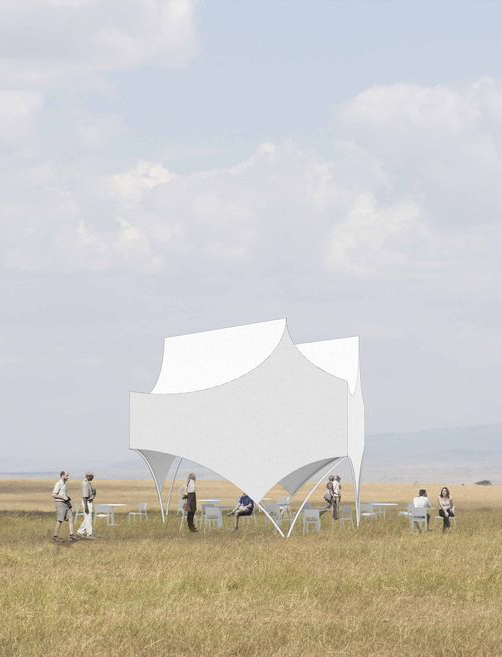SYNTHETIKA: Grupo de Pesquisa e Extensão Realidades
Sprites Animados: Animação Quadro a Quadro para Games
Grupo de Pesquisa e Extensão Realidades
FILE São Paulo 2025 | Workshop
Festival Internacional de Linguagem Eletrônica
Sprites Animados: Animação Quadro a Quadro para Games – Brasil
Quer saber como as animações dos jogos são criadas? Nesta oficina, vamos explorar o funcionamento dos sprites animados, e você terá a oportunidade de criar os seus próprios! Usando ferramentas gratuitas e acessíveis, vamos transformar ideias em arte animada e integrá-las na programação de um jogo simples.
BIO
O Grupo Realidades (https://realidades.eca.usp.br/), fundado em 2010, é um grupo de pesquisa e extensão da USP que trabalha com arte, tecnologia e o conceito de realidade.
